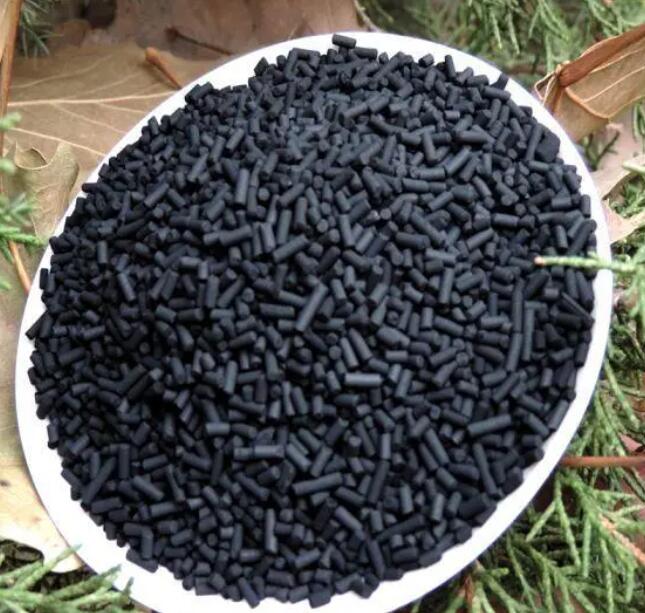Activated carbon The adsorption catalytic combustion equipment is designed according to the two basic principles of adsorption (high efficiency) and catalytic combustion (energy saving). It uses two gas paths for continuous operation, one catalytic combustion chamber and several activated carbon adsorption beds for alternate use. First, the organic waste gas is absorbed and concentrated by activated carbon. When it is almost saturated, the activated carbon stops adsorption. Then, the organic waste gas is desorbed from the activated carbon by hot gas so that the activated carbon can be reused; The desorbed organic matter has been concentrated (the concentration is dozens of times higher than the original) and sent to the catalytic combustion chamber for catalytic oxidation reaction, so that the waste gas generates carbon dioxide and water vapor is discharged.

VOCs emission during printing mainly comes from the use of ink, fountain solution, cleaning agent and diluent. At present, a small number of enterprises use solvent based ink. Dissolved ink is generally composed of pigment, filler, auxiliary agent and linker solution, which contains ethanol, propanol, isopropanol, butanol, toluene, xylene, butanone, ethyl acetate VOCs such as butyl acetate.
